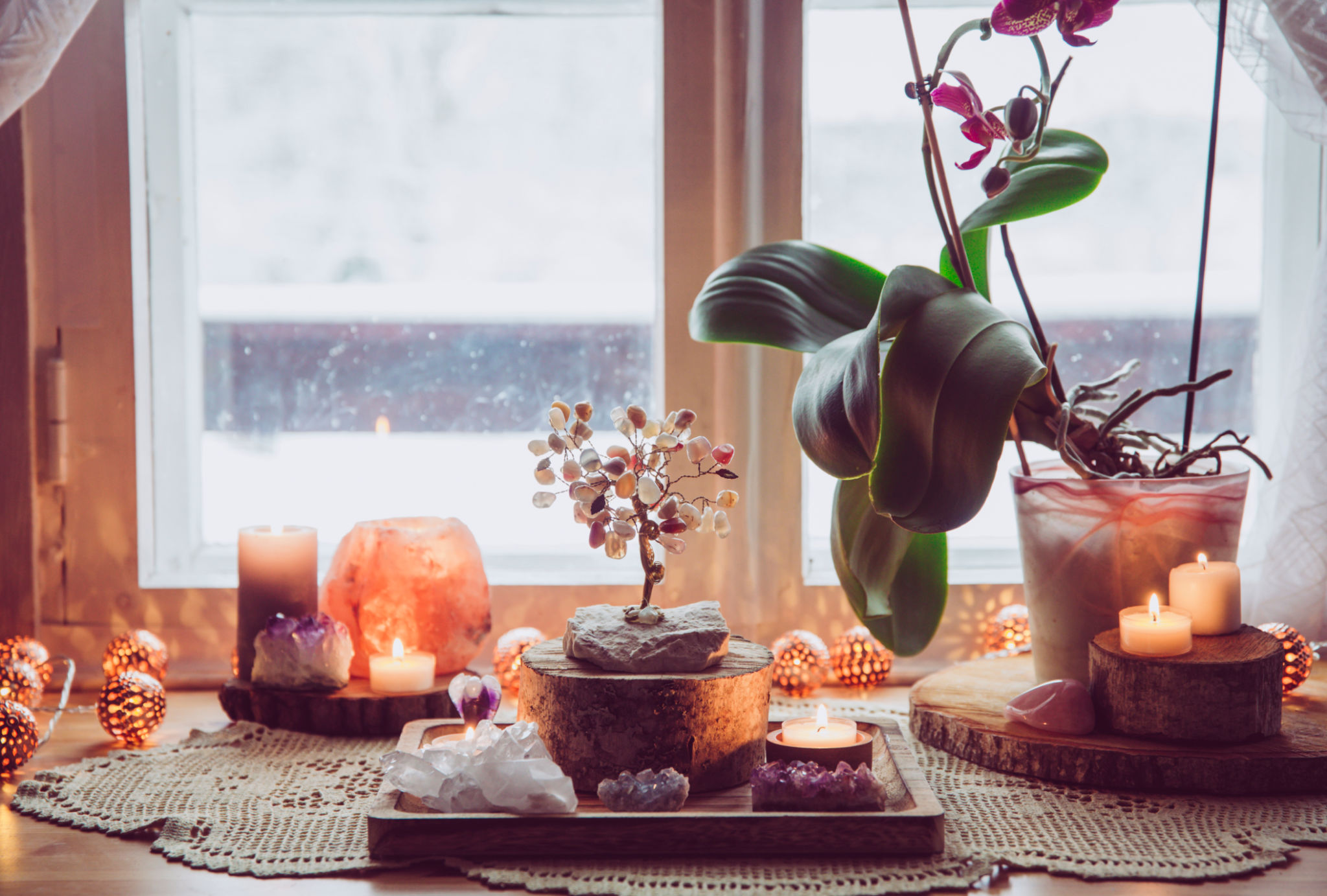How to Create a Sacred Space at Home for Spiritual Growth
Understanding the Concept of a Sacred Space
Creating a sacred space at home is about crafting an environment that fosters peace, mindfulness, and spiritual growth. A sacred space allows you to escape from daily distractions and connect with your inner self. Whether it's a corner of a room or an entire area, this space should reflect your beliefs and intentions.
Before you start, it's essential to understand that a sacred space is highly personal. There's no single approach to creating one. The key is to ensure it resonates with your spiritual practices and offers a sanctuary for meditation, prayer, reflection, or simply being present in the moment.

Choosing the Right Location
Selecting the right spot for your sacred space is crucial. It could be a quiet corner in your living room, a section of your bedroom, or even an outdoor area in your garden. Consider places that are naturally peaceful and quiet, away from the hustle and bustle of daily life.
Pay attention to the lighting and ambiance. Natural light often enhances tranquility, but if that's not possible, soft lighting can create a similar effect. Ultimately, the location should be somewhere you feel comfortable and inspired to spend time in.
Essential Elements of a Sacred Space
Once you've chosen your location, it's time to fill it with elements that promote spiritual growth. Here are some ideas to consider:
- Altar or Shrine: A small table or shelf can serve as an altar where you place meaningful objects like crystals, candles, or images.
- Sacred Texts or Books: Keep books or scriptures that inspire and guide you.
- Natural Elements: Incorporate plants, stones, or water features to bring nature into your space.

Incorporating Colors and Textures
The colors and textures in your sacred space can significantly affect your mood and mindset. Soft, neutral tones often promote calmness and relaxation, while vibrant colors can energize and inspire. Choose fabrics and materials that feel good to touch, such as soft cushions or warm blankets.
Consider using essential oils or incense to add a sensory dimension to your space. Scents like lavender or sandalwood are known for their calming effects and can enhance your meditation or reflection sessions.
Personalizing Your Space
Your sacred space should be a reflection of you. Personalize it with items that hold spiritual significance or personal meaning. This could include family photos, souvenirs from travels, or mementos from important life events.
Regularly update your space to keep it fresh and aligned with your current spiritual journey. As you grow and evolve, so too should your sacred space.

Cultivating a Routine
Having a sacred space is just the first step; making it a part of your daily routine is where the real growth happens. Schedule regular time to spend in your sacred space each day. Whether it's meditation, journaling, or simply sitting in silence, consistency is key to fostering spiritual development.
Remember, the purpose of this space is not just about physical surroundings but also about the mindset you bring into it. Approach each session with an open heart and mind, ready to engage fully with the present moment.
Maintaining Your Sacred Space
A sacred space requires care and attention to remain a place of peace and inspiration. Keep it tidy and uncluttered; a chaotic environment can lead to a chaotic mind. Regularly cleanse the space, both physically and energetically, using sage or other cleansing methods that resonate with you.
By nurturing your sacred space, you create a sanctuary that continuously supports your spiritual journey and personal growth. It's a place where you can retreat whenever you need guidance, clarity, or simply a moment of peace in the midst of life's chaos.

